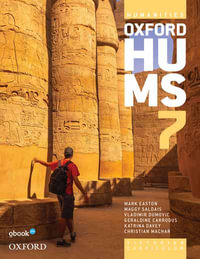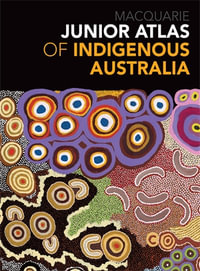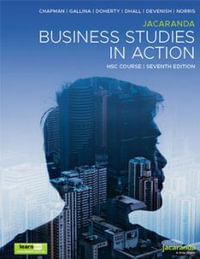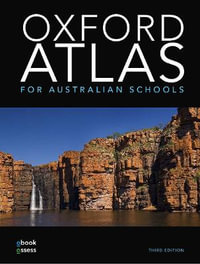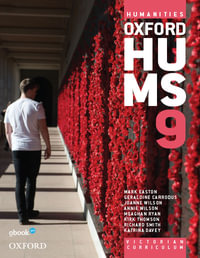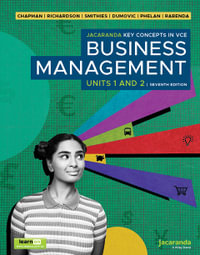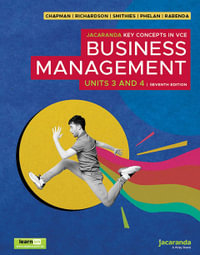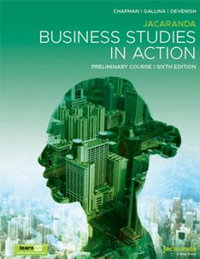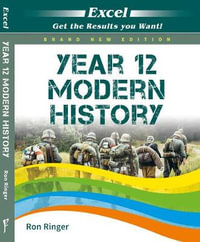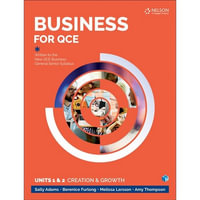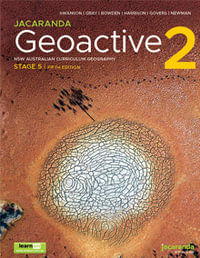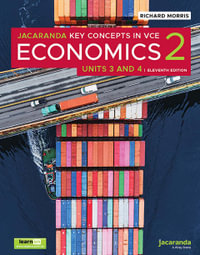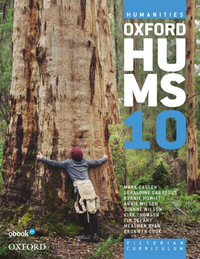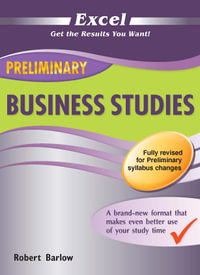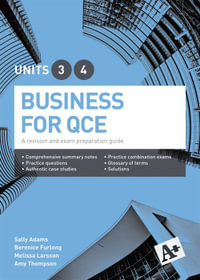How to use the Jacaranda Geography Alive resource suite vii
Acknowledgements xi
1 The World of Geography 1
1.1 Overview 1
1.2 Geographical concepts 5
1.3 Review 13
Unit 1 Environmental Change and Management 15
2 Introducing Environmental Change and Management 17
2.1 Overview 17
2.2 SkillBuilder: Evaluating alternative responses 18
2.3 How do people interact with the environment? 19
2.4 Is climate change heating the Earth? 24
2.5 Can we slow climate change? 27
2.6 How can we reduce the impacts of climate change? 30
2.7 Is Australia’s climate changing? 34
2.8 SkillBuilder: Drawing a futures wheel 38
2.9 Review 38
3 Land Environments Under Threat 39
3.1 Overview 39
3.2 Why does the land degrade? 40
3.3 What is land degradation? 43
3.4 SkillBuilder: Interpreting a complex block diagram 48
3.5 Where has the soil gone? 48
3.6 Why are drylands drying up? 51
3.7 How do we manage land degradation? 51
3.8 Who are the invaders? 52
3.9 How can we control invasive species? 55
3.10 Can native species create environmental change? 58
3.11 Would you like salt with that? 61
3.12 How do we deal with salinity? 64
3.13 SkillBuilder: Writing a fieldwork report as an annotated visual display (AVD) 65
3.14 How do Indigenous communities manage the land? 65
3.15 Review 68
4 Inland Water — Dammed, Diverted and Drained 69
4.1 Overview 69
4.2 What is inland water? 70
4.3 Dam it? 73
4.4 Do we have to dam? 75
4.5 SkillBuilder: Creating a fishbone diagram 80
4.6 Is fighting worth a dam? 80
4.7 What happens when we divert water? 80
4.8 Why is groundwater shrinking? 83
4.9 Why is China drying up? 85
4.10 Why do we drain wetlands? 85
4.11 SkillBuilder: Reading topographic maps at an advanced level 88
4.12 How can we put water back? 88
4.13 Review 88
5 Managing Change in Coastal Environments 89
5.1 Overview 89
5.2 Why must we preserve the coast? 90
5.3 How are coasts built up and worn away? 93
5.4 SkillBuilder: Comparing aerial photographs to investigate spatial change over time 94
5.5 How do coastal areas change? 94
5.6 SkillBuilder: Comparing an aerial photograph and a topographic map 97
5.7 Why are low-lying islands disappearing? 98
5.8 How do inland activities affect coasts? 102
5.9 Who shifted the sand? 105
5.10 How do we manage coastal change? 105
5.11 Review 108
6 Marine Environments — Are We Trashing Our Oceans? 109
6.1 Overview 109
6.2 Why is there motion in the ocean? 110
6.3 Where does trash travel? 113
6.4 How can we best clean up ocean debris? 118
6.5 Where else is marine debris a problem? 121
6.6 SkillBuilder: Using geographic information systems (GIS) 124
6.7 Where does oil in the sea come from? 125
6.8 SkillBuilder: Describing change over time 127
6.9 What is the solution to marine pollution? 128
6.10 The world’s worst oil spill? 131
6.11 Review 131
7 Sustaining Urban Environments 132
7.1 Overview 132
7.2 How do urban environments develop? 133
7.3 How do cities change the environment? 136
7.4 Why do urban areas decline? 138
7.5 What are the challenges for fast-growing cities? 141
7.6 Has Melbourne sprawled too far? 143
7.7 SkillBuilder: Constructing a land use map 148
7.8 SkillBuilder: Building a map with geographic information systems (GIS) 149
7.9 Can we stop Venice from sinking? 149
7.10 What is the future of our urban environment? 151
7.11 Review 155
8 Geographical Inquiry: Developing an Environmental Management Plan 156
8.1 Overview 156
8.2 Process 157
8.3 Review 158
Unit 2 Geographies of Human Wellbeing 159
9 What Makes a Good Life? 161
9.1 Overview 161
9.2 Better off, worse off? 162
9.3 SkillBuilder: Constructing and interpreting a scattergraph 164
9.4 How do we measure wellbeing? 165
9.5 SkillBuilder: Interpreting a cartogram 168
9.6 Does wealth equal wellbeing? 169
9.7 How can we improve wellbeing? 171
9.8 Are we on track? 174
9.9 Can we help the bottom billion? 177
9.10 What are human rights? 178
9.11 Who are the unprotected? 180
9.12 Review 183
10 Human Wellbeing and Change 184
10.1 Overview 184
10.2 Where is everybody? 185
10.3 Who lives longest? 188
10.4 How do hatches and dispatches vary? 190
10.5 What is the link between population and wellbeing? 193
10.6 How have governments responded to population and wellbeing issues? 195
10.7 SkillBuilder: Using Excel to construct population profiles 198
10.8 How does wellbeing vary in India? 199
10.9 What are Australia’s population characteristics? 202
10.10 SkillBuilder: How to develop a structured and ethical approach to research 205
10.11 The biggest child killer? 205
10.12 HIV no longer a death sentence? 205
10.13 Review 206
11 Is Life The Same Everywhere? 207
11.1 Overview 207
11.2 Does gender affect wellbeing? 208
11.3 How does water affect wellbeing? 212
11.4 How does poverty affect wellbeing? 215
11.5 The great divide? 215
11.6 Is everybody equal? 220
11.7 How can wellbeing be improved for Indigenous Australians? 222
11.8 SkillBuilder: Understanding policies and strategies 225
11.9 How is teen pregnancy linked to wellbeing? 225
11.10 SkillBuilder: Using multiple data formats 228
11.11 Review 229
12 Trapped By Conflict 230
12.1 Overview 230
12.2 Where is wellbeing affected by conflict? 231
12.3 Why is there conflict over land? 234
12.4 How can conflict change regions? 237
12.5 How does conflict affect people? 240
12.6 A case study: How is wellbeing affected in the Syrian Arab Republic? 243
12.7 What is the impact of people moving through Europe? 247
12.8 How does Australia contribute to global human wellbeing? 253
12.9 SkillBuilder: Debating like a geographer 256
12.10 Is all well in paradise? 257
12.11 How can wellbeing be addressed during conflict? 257
12.12 SkillBuilder: Writing a geographical essay 259
12.13 Review 260
13 Fieldwork Inquiry: Comparing Wellbeing in The Local Area 261
13.1 Overview 261
13.2 Process 262
13.3 Review 263
Glossary 264
Index 269









